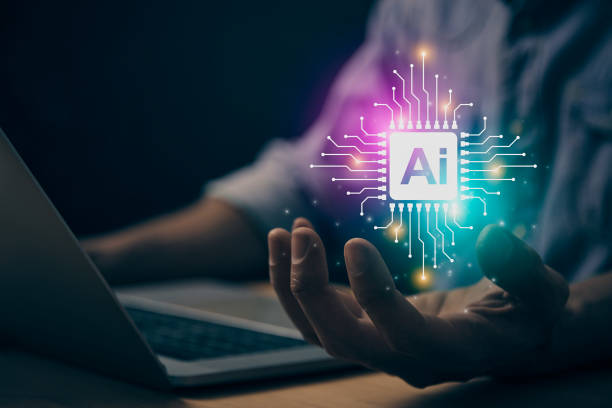Introduction to Off-Page SEO and Its Importance in Digital Success

In today’s competitive web world, #Off_Page_SEO is one of the main pillars of success for any website.
This part of search engine optimization focuses on all activities performed outside your website, aiming to increase credibility, brand recognition, and ultimately improve rankings in search results.
Many digital marketing professionals mistakenly believe that off-page SEO is limited only to backlinks, whereas this concept is much broader and includes elements such as brand mentions, social media activity, content marketing, and many other activities.
The importance of off-page SEO lies in showing search engines like Google that your website is a credible and trustworthy source in its specialized field.
This credibility is transmitted through signals received from external sources.
Without a strong off-page SEO strategy, even with the best on-page SEO, achieving high rankings for competitive keywords will be very difficult.
This part of SEO complements on-page SEO, and both together complete the optimization puzzle.
In the following, we will delve into various aspects of this field in an educational and explanatory manner, introducing you to practical solutions for strengthening your website’s off-page SEO.
Are visitors to your e-commerce site leaving before purchasing? Worry no more! With Rasaweb’s professional e-commerce website design services, solve the problem of converting visitors into customers forever!
✅ Significant increase in conversion rates and sales
✅ Unparalleled and engaging user experience
⚡ Contact us now for a free consultation!
What is a Backlink and Why is it Crucial for Off-Page SEO?
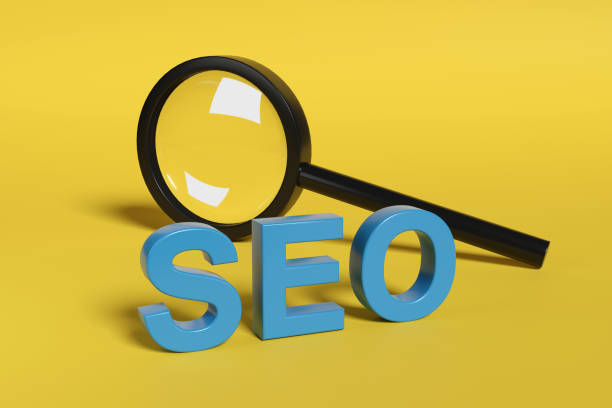
#Backlinks, or inbound links, are considered the backbone of #Off_Page_SEO and are the most important factor in validating a website in the eyes of search engines.
Simply put, a backlink refers to a link from another website pointing to your website.
Google considers these links as a “vote of confidence” or “referral” from one website to another.
The more high-quality and relevant backlinks pointing to your site, the more credible and trustworthy Google perceives your website, which directly impacts your ranking in search results.
The crucial point here is that not only the quantity of backlinks matters, but their quality is more important.
A backlink from a highly authoritative and relevant website is worth significantly more than dozens of backlinks from low-quality or spammy websites.
For this reason, a backlink building strategy must be based on quality and relevance, not merely quantity.
There are various types of backlinks, including dofollow links that pass authority, and nofollow links that do not directly pass this authority but can still be effective in driving traffic and brand recognition.
Understanding these differences is absolutely essential for formulating an effective #Off_Page_SEO strategy and helps you optimize your resources to achieve the best results.
Criteria for Evaluating Backlink Quality and Their Importance in Off-Page SEO
![]()
In #Off_Page_SEO, not all backlinks are created equal.
There are multiple factors that determine the quality and value of a backlink for search engines, and understanding these factors is a specialized and guiding matter for every SEO professional.
One of the most important criteria is the Domain Authority (DA) and Page Authority (PA) of the website linking to you.
Websites with high DA and PA pass more authority to your site.
Another criterion is topical relevance.
A backlink from a website operating in your field is much more valuable than a link from a completely irrelevant website.
For example, if you have a website about health, a link from a reputable medical site will be much more valuable than a link from a car parts sales website.
Anchor Text also plays an important role; the anchor text should be relevant and natural, and excessive use of keywords in the anchor text can harm your site’s SEO.
The link’s position on the page, the freshness of the link, and the amount of traffic from the source website are also important criteria.
A link within the main content of a page usually has more value than a link in the footer or sidebar.
The goal of off-page SEO is to acquire high-quality links that are both topically relevant and come from authoritative and high-traffic websites.
In the table below, some of the most important criteria for evaluating backlink quality are provided.
| Criterion | Description | Importance in Off-Page SEO |
|---|---|---|
| Domain Authority (DA/PA) | Scoring of a website/page’s strength and credibility by tools like Moz | The higher, the more authority transferred |
| Topical Relevance | Topical alignment of the linking website with your website | Crucial for targeted authority transfer |
| Anchor Text | The text on which the link is placed | Must be natural and relevant, avoid spam |
| Link Position | Link placement on the page (content, sidebar, footer) | In-content links have the most value |
| Source Site Traffic and Health | Amount of traffic and SEO status of the linking website | Healthy and high-traffic sites transfer more value |
Effective Strategies for Building Natural Backlinks to Strengthen Off-Page SEO

One of the most challenging aspects of #Off_Page_SEO is building natural and high-quality backlinks that are favored by Google.
The guidance provided in this section focuses on “white hat” approaches that ensure the sustainability and health of your website’s SEO.
The first and most effective strategy is to produce #Valuable_Content and unique content.
Content that provides comprehensive, in-depth, and practical information will naturally be linked to by other websites as a reference.
This includes educational articles, original research, infographics, videos, and any type of content that creates added value for the audience.
Another strategy is Digital PR and Outreach.
This involves identifying relevant websites, blogs, and influencers in your field and establishing contact with them to introduce your content or explore potential collaborations.
Furthermore, participating in specialized forums and industry-related blogs and providing useful and valuable answers (along with a relevant link to your content if necessary and natural) can help attract backlinks.
Broken Link Building is also a smart strategy where you identify websites that have broken links to non-existent resources and offer your content as a replacement.
All these methods require time, effort, and patience, but their ultimate result is a strong and natural backlink profile that will continuously help improve your website’s #Off_Page_SEO.
Does your current corporate website not reflect your brand’s credibility and power as it should? Or does it scare away potential customers?
Rasaweb, with years of experience in professional corporate website design, is your comprehensive solution.
✅ A modern, beautiful site tailored to your brand identity
✅ Significant increase in lead and new customer acquisition
⚡ Contact Rasaweb now for a free corporate website design consultation!
Key Platforms and Tools for Analyzing and Improving Off-Page SEO

For anyone working in the field of #Off_Page_SEO, using the right tools is not just an advantage, but a necessity.
These tools help you analyze your and your competitors’ backlink profiles, identify new link-building opportunities, and analytically measure the overall performance of your off-page SEO strategy.
One of the most well-known and powerful tools is Ahrefs, which has a massive database of backlinks and provides comprehensive analysis of links, keywords, content, and competitor performance.
Another tool is SEMrush, which, in addition to backlink analysis, offers extensive capabilities in keyword research, on-page SEO analysis, and advertising campaigns.
Moz, with its Link Explorer tools and DA and PA metrics, is another major player in this field that helps evaluate domain strength.
Google Search Console (GSC), although not primarily a backlink tool, provides crucial data about external links that Google recognizes from your site, as well as internal links and site errors.
Using these tools allows you to continuously monitor your #Off_Page_SEO status, discover new opportunities, and be aware of any negative actions by competitors or potential Google penalties.
This instrumental knowledge is the cornerstone of a data-driven and specialized link-building strategy.
The Role of Social Networks in Strengthening Off-Page SEO and Increasing Visibility
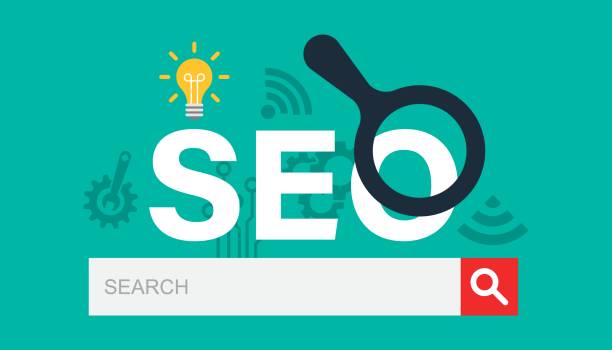
Although social media activity is not directly confirmed by Google as a ranking factor in #Off_Page_SEO, their indirect and analytical impact on increasing website credibility and visibility is undeniable.
Social networks like Twitter, LinkedIn, Instagram, and YouTube can assist your off-page SEO campaign in various ways.
Firstly, sharing your website’s content on these platforms can lead to an increase in direct traffic to the site.
Increased traffic shows Google that your content is of interest to users and can help improve your ranking.
Secondly, publishing content on social media leads to increased Brand Awareness.
The more people who recognize your brand and search for your name, the more positive signals are sent to Google, indicating your popularity and credibility.
Thirdly, social networks are a place for content discovery.
Engaging and high-quality content can go viral on these platforms, and as a result, naturally attract organic links from other websites.
Even if shared links are nofollow, they can still lead to increased visibility, traffic, and ultimately, the acquisition of dofollow backlinks in the future.
Therefore, investing in a strong social media strategy is an integral component of a comprehensive modern #Off_Page_SEO strategy.
Analyzing Controversial and Viral Content in Off-Page SEO and Attracting Attention

One of the entertaining yet powerful aspects of #Off_Page_SEO is the potential of controversial and viral (virulent) content to attract links and attention.
Controversial content typically refers to content that sparks discussion or intellectual challenge, presents different viewpoints, or even challenges conventional beliefs.
Due to its engaging and stimulating nature, this type of content has high potential for sharing on social media and attracting links from other blogs and media.
The ultimate goal is for your content to be so interesting, controversial, or unique that people naturally want to talk about it and link to it.
Viral content is also content that spreads rapidly among users and “catches on,” so to speak.
This content can include funny videos, informative infographics, personality tests, shocking articles, or even news-worthy first-hand information.
Producing such content requires a deep understanding of the audience, the psychology of sharing, and creativity.
Although there’s no guarantee that any content will go viral, focusing on producing content with high potential to attract attention can significantly contribute to your #Off_Page_SEO strategy.
This type of content can lead to a massive increase in brand mentions, direct traffic, and ultimately high-quality backlinks, which will have a significant impact on your domain authority and ranking.
The table below outlines effective content types for attracting links and their potential to go viral:
| Content Type | Characteristics | Potential for Off-Page SEO and Virality |
|---|---|---|
| Research/Data-Driven Articles | Presenting new statistics and figures, in-depth analysis of a topic | Good source for citation and linking by others |
| Infographics and Images | Visually summarizing complex and engaging information | Highly shareable, image links |
| Educational/Explanatory Videos | Step-by-step guidance or visual explanation of concepts | High engagement rate, shareability on video platforms |
| Controversial/Opinion-based Content | Presenting differing viewpoints or challenging common beliefs | Highly debatable and stimulating sharing and linking |
| Free Tools and Resources | Providing tools, templates, checklists for free | Very useful for users and a good reference for linking |
Risks and Security Tips in Off-Page SEO: Avoiding Negative Actions
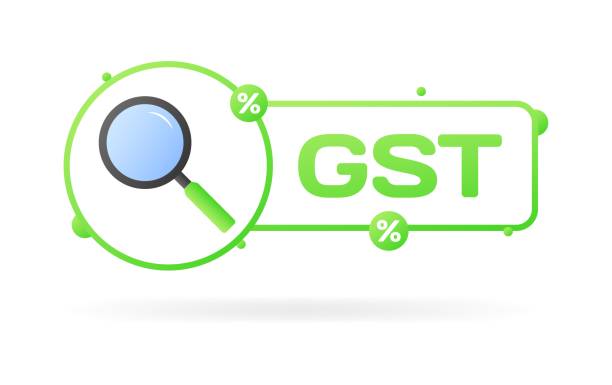
In the journey of improving #Off_Page_SEO, just as much as one must focus on correct and “white hat” methods, it is equally vital to understand and avoid “black hat” techniques.
Using unethical or spammy techniques, instead of improving rank, can lead to your website being penalized by search engines and a severe drop in ranking.
#Google_Penguin_Algorithm, specifically designed to identify and penalize websites Google, that engage in spam link building, link buying, link farms, and excessive use of keywords in anchor text.
Among the risks are link building on Private Blog Networks (PBNs), spam comments on blogs and forums, and building low-quality and irrelevant links in bulk.
These methods might yield false and quick results in the short term, but in the long run, they will certainly cause serious damage to your website.
Therefore, a #guide and specialized approach to protecting your website’s off-page SEO is continuous monitoring of your backlink profile using tools like Ahrefs or SEMrush.
Any suspicious or spammy backlink must be identified.
If you cannot remove the link from its source, you can use the Google Disavow Tool to tell Google to ignore these links and not let them affect your ranking.
Maintaining the quality and naturalness of your backlink profile is the cornerstone of a successful and sustainable off-page SEO strategy.
Does your current site display your brand’s credibility as it should? Or does it scare away potential customers?
Rasaweb, with years of experience in professional corporate website design, is your comprehensive solution.
✅ A modern, beautiful site tailored to your brand identity
✅ Significant increase in lead and new customer acquisition
⚡ Contact Rasaweb now for a free corporate website design consultation!
Measuring and Analyzing Off-Page SEO Results for Continuous Optimization
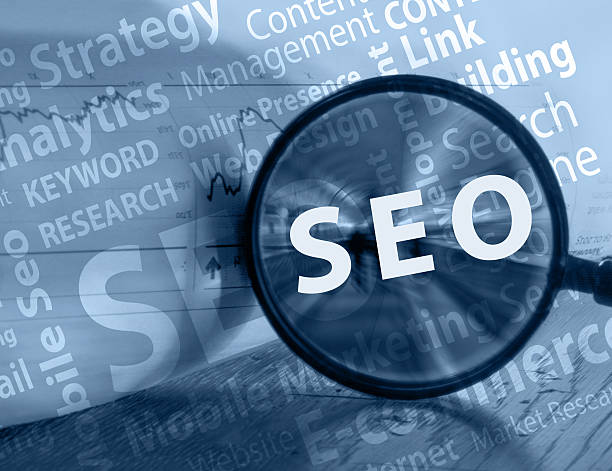
A successful #Off_Page_SEO strategy doesn’t end with executing techniques; it requires continuous measurement and #analysis of results for optimization and performance improvement.
Without accurate monitoring, you cannot understand which strategies are more effective and which areas need correction.
The first step in measurement is defining Key Performance Indicators (KPIs) related to off-page SEO.
These indicators can include: increase in Domain Authority (DA/PA), quantity and quality of new backlinks, increase in organic traffic (especially traffic resulting from improved ranking for target keywords), improvement in keyword rankings in search results, and increase in brand mentions.
Tools like Ahrefs, SEMrush, Moz, and Google Analytics are very useful for this purpose.
Using Ahrefs and Moz, you can regularly check your and your competitors’ DA/PA status and backlink profiles.
Google Analytics allows you to analyze organic traffic and user behavior after entering the site.
Additionally, Google Search Console provides valuable data about the keywords you’ve ranked for and the links Google has identified.
Competitor analysis is also a crucial part of this process; by examining the backlink profiles of your most successful competitors, you can identify new link-building opportunities and model their strategies.
This analytical and data-driven approach ensures that your off-page SEO efforts continuously improve and bring the best possible results for your website.
The Future of Off-Page SEO and Upcoming Trends

The world of #SEO is constantly changing and evolving, and #Off_Page_SEO is no exception.
To maintain a competitive edge, awareness of current and upcoming trends in this field is very important.
One of the most significant developments is Google’s increasing focus on E-E-A-T (Experience, Expertise, Authoritativeness, and Trustworthiness).
This concept goes beyond just backlinks and addresses the overall credibility of the content author and publisher.
Therefore, personal branding, active presence in the online community, and establishing a credible identity for content creators will increasingly influence off-page SEO.
The role of Artificial Intelligence (AI) in SEO is also growing.
Google uses AI to better understand content and user intent, which emphasizes the importance of producing very high-quality and relevant content.
Additionally, the emergence of voice search and semantic search means that backlinks gain more value within the context of comprehensive content that answers user questions.
Traditional link-building approaches that focused solely on quantity are now giving way to strategies that emphasize quality, relevance, and naturalness.
Brand Mentions, even without direct links, are recognized as a signal of brand credibility and have an indirect impact on off-page SEO.
Ultimately, the future of off-page SEO lies in creating a healthy and authoritative online ecosystem for your website, where links naturally arise as a result of your content being valued and recognized.
Frequently Asked Questions
| Question | Answer |
|---|---|
| What is Off-Page SEO? | Off-Page SEO refers to a set of activities and methods performed outside your website to improve its ranking in search engines, such as building backlinks. |
| Why is Off-Page SEO important for a website? | Off-Page SEO shows search engines that your website is authoritative, popular, and trustworthy, which helps increase domain authority and ranking. |
| What is the most important factor in Off-Page SEO? | Backlinks, or links from other sites to your site, are the most important factor, especially if they come from authoritative sites. |
| What characteristics does a quality backlink have? | A quality backlink comes from authoritative sites (with high authority), is relevant to your site’s topic, and has appropriate (natural) anchor text. |
| Do social networks play a role in Off-Page SEO? | Yes, sharing content on social networks can help increase visibility and indirect traffic, sending positive social signals to search engines. |
| What is a PBN and is it recommended? | PBN (Private Blog Network) is a network of private websites used to build backlinks to the main site. Google considers this method spam, and its use is strongly discouraged and can lead to penalties. |
| How is Natural Link Building done? | By producing valuable and shareable content, establishing relationships with bloggers and influencers, and attracting media attention. |
| What is Anchor Text in a backlink? | It is the text where the link is placed. Using diverse and keyword-relevant anchor texts appears more natural and helps SEO. |
| How is Local SEO related to Off-Page SEO? | Local SEO includes off-site activities such as listing on Google My Business, local directories, and obtaining online reviews, which help businesses appear in local search results. |
| How can competitor backlinks be analyzed? | By using tools like Ahrefs, Semrush, or Moz, you can analyze competitors’ backlink profiles and identify new link-building opportunities. |
And other advertising services from Rasaweb Advertising Agency
Smart Website Development: A combination of creativity and technology to attract customers through key page optimization.
Smart Brand Identity: An innovative service for increasing campaign management through user experience customization.
Smart Social Media: An innovative service for increasing customer attraction through attractive user interface design.
Smart Link Building: A specialized service for growing user engagement based on key page optimization.
Smart Content Strategy: A fast and efficient solution for digital branding with a focus on intelligent data analysis.
And over hundreds of other services in internet advertising, advertising consultation, and organizational solutions
Internet Advertising | Advertising Strategy | Advertorial
Resources
Backlink Building Guide
Off-Page SEO Tutorial
What is SEO?
Content SEO Guide
? Are you ready to transform your business in the digital world? At Rasaweb Afarin Digital Marketing Agency, with our expertise in user-friendly website design and implementing comprehensive digital strategies, we help you establish a powerful and effective online presence. From SEO and online advertising to social media management, we are your digital partner for achieving your goals.
📍 Tehran, Mirdamad Street, next to Central Bank, Southern Kazeroun Alley, Ramin Alley, No. 6




